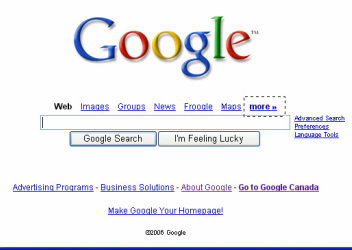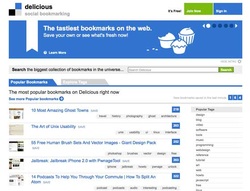
One common theme seen throughout these blog entries is the use of digital content. Sites like Google Books and Delicious have a variety of uses inside of the classroom. However, other forms of digital content may not have such overt uses.
Sites like Cartoon Yourself and Funny Photo allow users to upload and alter photos. At first glance, these sites may seem like useless, fun time-wasters (which they are). However, it is important to recognize the creative aspect associated with sites like these. In a lecture to TED, British education expert Ken Robinson stated that in the modern world there is a type of education inflation. More people than ever before are receiving college degrees. As such, creativity is the only real way that students can distinguish themselves in the job market. Many of the sites addressed in this blog entry accomplish that goal. Students can learn, have fun, and explore their creative side.
As with other technologies in this blog entry, Xtranormal gives students the ability to explore their creative sides. Xtranormal allows students to create a wide variety of animated videos. These videos can be educational in nature and allow students to experience a fun alternative to the normal summative assessments.
Lastly, a very useful site is Motivator. On Motivator, students can upload photos and create their own motivational posters. This can be especially useful for classroom management. At the beginning of the year, students can create posters that demonstrate class created rules. This can serve two purposes. First, the posters consistently remind students of the class rules. Secondly, the students created these rules themselves. As such, this will hopefully allow students to become accountable and regulate each others behavior.
On the surface, all of these sites seem like fun ways to kill time. However, when used under the right circumstances, they can help the students learn.
Sites like Cartoon Yourself and Funny Photo allow users to upload and alter photos. At first glance, these sites may seem like useless, fun time-wasters (which they are). However, it is important to recognize the creative aspect associated with sites like these. In a lecture to TED, British education expert Ken Robinson stated that in the modern world there is a type of education inflation. More people than ever before are receiving college degrees. As such, creativity is the only real way that students can distinguish themselves in the job market. Many of the sites addressed in this blog entry accomplish that goal. Students can learn, have fun, and explore their creative side.
As with other technologies in this blog entry, Xtranormal gives students the ability to explore their creative sides. Xtranormal allows students to create a wide variety of animated videos. These videos can be educational in nature and allow students to experience a fun alternative to the normal summative assessments.
Lastly, a very useful site is Motivator. On Motivator, students can upload photos and create their own motivational posters. This can be especially useful for classroom management. At the beginning of the year, students can create posters that demonstrate class created rules. This can serve two purposes. First, the posters consistently remind students of the class rules. Secondly, the students created these rules themselves. As such, this will hopefully allow students to become accountable and regulate each others behavior.
On the surface, all of these sites seem like fun ways to kill time. However, when used under the right circumstances, they can help the students learn.

